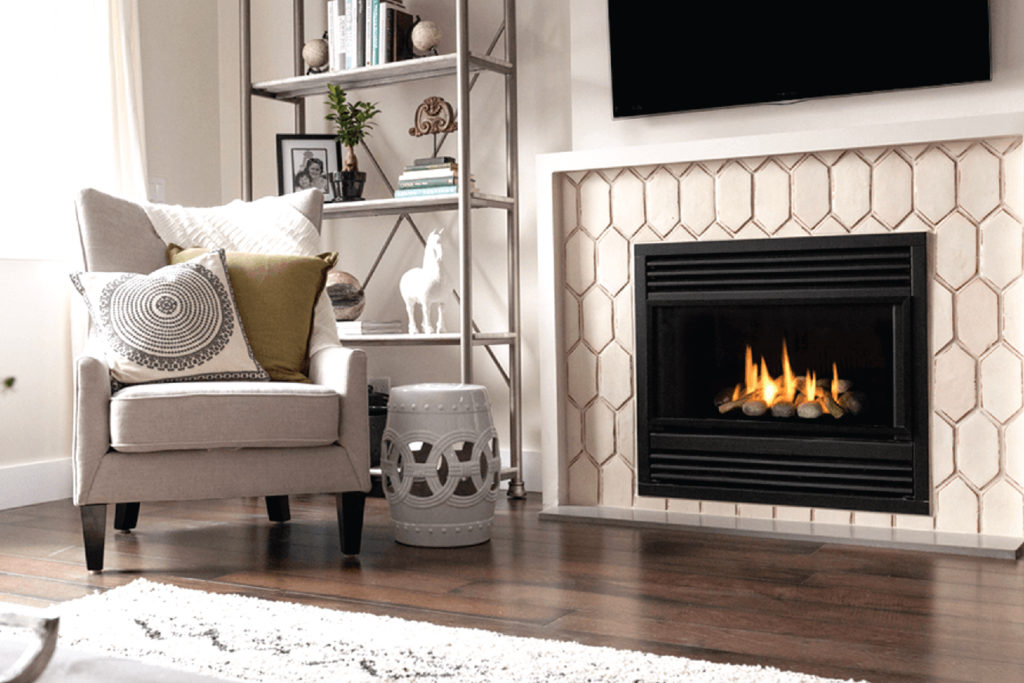Fireplace Sales & Installation
We recommend a variety of wood and gas fireplace brands, please contact us to talk to an expert about the best heating solution for your space.
Proudly serving Howard, Montgomery, Frederick, Carroll County, and Washington, DC
















